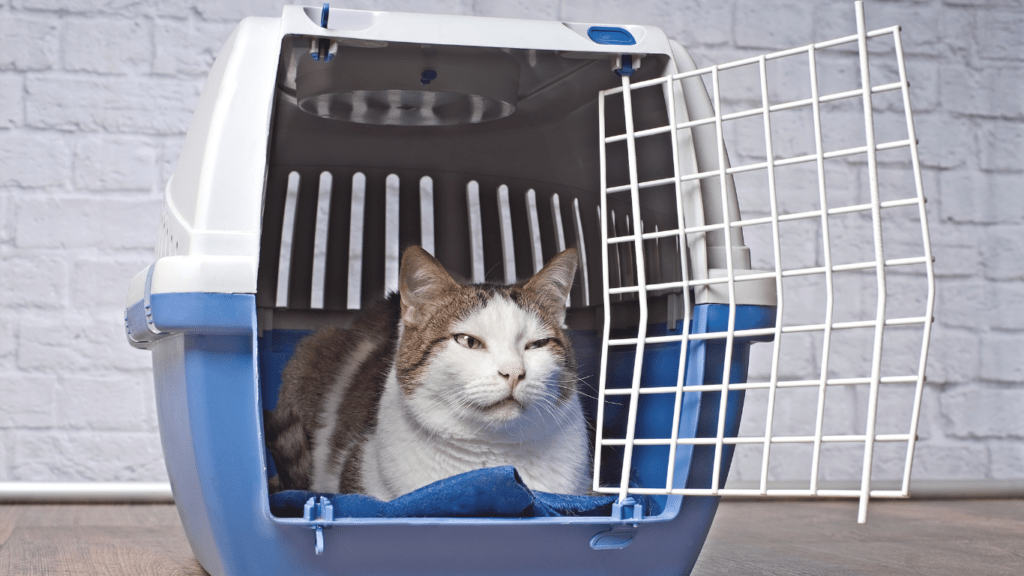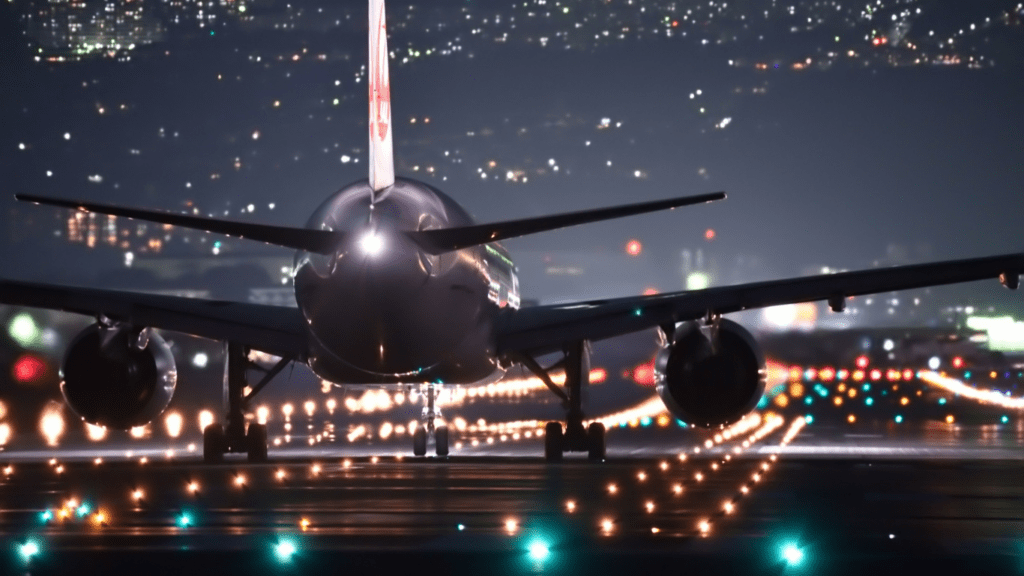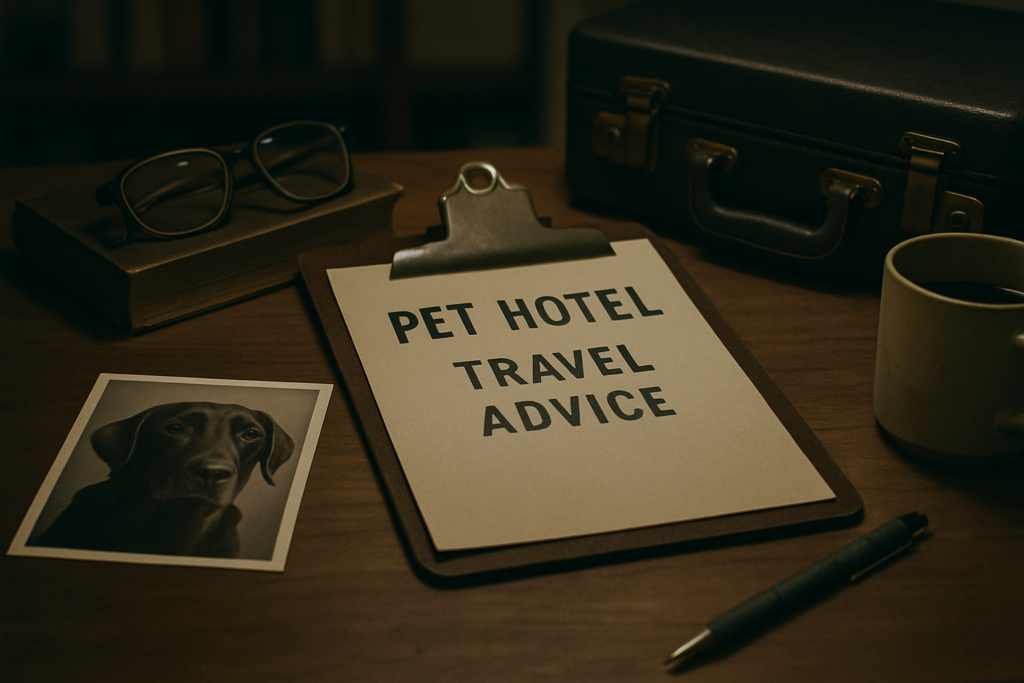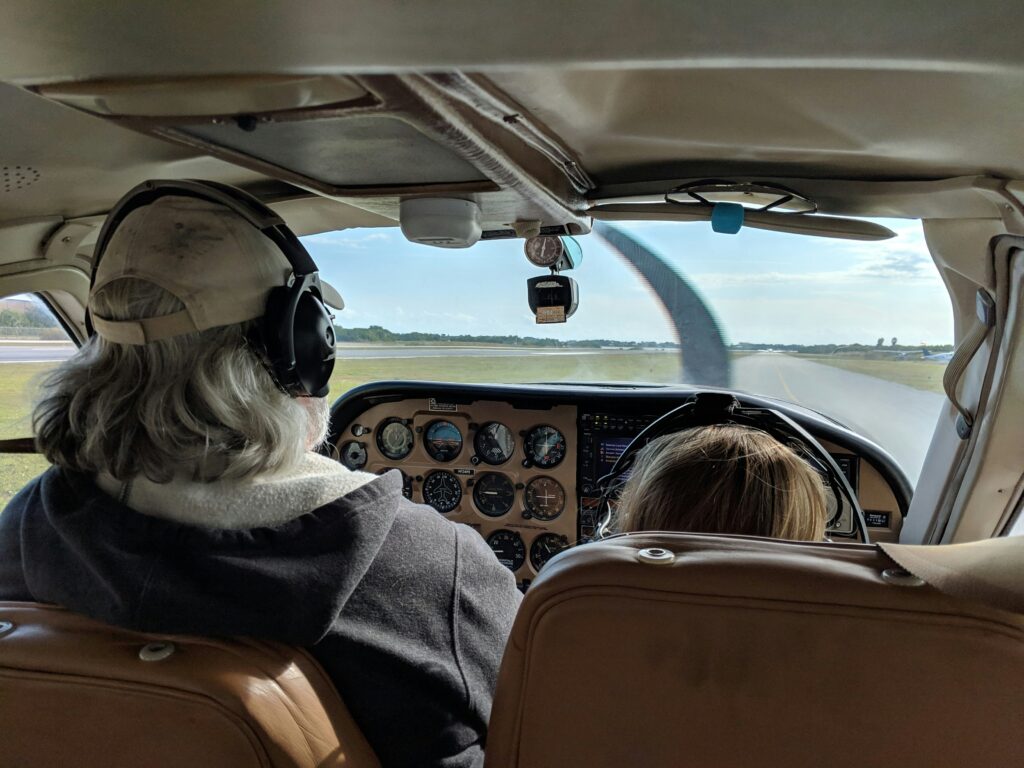Understanding Airline Pet Policies
Understanding airline pet policies is crucial for a smooth journey. Each airline has its own set of rules, so familiarizing yourself with them helps avoid surprises.
Major Airlines and Their Requirements
Major airlines have distinct requirements for pet travel. Delta Airlines, for instance, allows small pets in cabin but restricts certain breeds from flying in cargo.
American Airlines permits pets in cabin for flights shorter than 12 hours. United Airlines has specific kennel size requirements for pets in cabin and cargo. Always check breed and size restrictions before booking.
Fees and Documentation Needed
Fees for flying with pets vary by airline. On Delta, the in-cabin pet fee is $125. American Airlines charges $125 for in-cabin pets and $200 for checked pets.
United Airlines charges $125 for in-cabin and $250 for cargo pets. Additionally, pets must have health certificates issued within 10 days of travel and up-to-date vaccination records.
Some airlines also require microchip information. Always ensure you have the required documentation to avoid travel delays.
Preparing Your Pet for Flight
Ensuring pets are ready for air travel involves a blend of health checks, planning, and care. Proper preparation reduces stress for pets and owners.
Health and Safety Considerations
Schedule a vet visit before the journey. Some airlines require a health certificate issued within 10 days of travel. This checkup ensures pets are fit to fly and up-to-date on vaccinations. Discuss any health concerns, especially respiratory or heart conditions, as these may affect travel safety.
Select a suitable pet carrier. The carrier should be well-ventilated, comfortable, and compliant with airline specifications. Label the carrier with your contact information and include a familiar item, like a blanket, to soothe the pet during the flight.
Administer travel-related medications, but always consult your vet first. Sedatives are generally discouraged due to potential adverse effects at high altitudes. Instead, explore natural calming products if necessary.
Feeding and Exercise Before Flying
- Feed pets 4-6 hours before the flight. Avoid feeding them shortly before travel to minimize the risk of discomfort and nausea.
- Provide water but in moderation to prevent dehydration without inducing frequent need for relief.
- Exercise pets thoroughly before heading to the airport. A tired pet is less likely to feel anxious during the flight.
- Engage in a long walk or play session to expend energy and help them relax.
- Plan bathroom breaks strategically. For dogs, ensure they relieve themselves just before entering the airport.
- For cats, include a disposable litter tray inside the carrier for long journeys.
Selecting the Right Carrier

Choosing the right carrier is crucial for ensuring your pet’s comfort and safety during the flight. Consider the following key aspects when selecting a carrier.
Hard vs. Soft Carriers
Hard carriers provide sturdy protection, making them ideal for pets who might get anxious and scratch or chew on their carrier. Examples include plastic crates and hard-shell carriers.
They also comply with most airline regulations for cargo hold travel. Soft carriers, on the other hand, offer flexibility and are often favored for in-cabin travel.
They can fit under the seat in front of you, which is useful for small pets like cats or small dogs. Examples are fabric carriers with mesh windows. The choice between hard and soft carriers depends on your pet’s behavior and the airline’s requirements.
Size and Comfort Considerations
The carrier must be the right size for your pet. Your pet should be able to stand, turn around, and lie down comfortably. Measure your pet’s dimensions and refer to the airline’s size guidelines for pet carriers.
Adding familiar items like blankets or toys can help make the carrier more comfortable and reduce your pet’s anxiety. Ensure the carrier has adequate ventilation openings for airflow.
Pads or linings that absorb accidents are beneficial if the flight is long.
In-Flight Tips for Pet Comfort and Safety
Ensuring pets remain comfortable and safe during a flight requires preparation and awareness of their needs. Here are practical tips for maintaining pet well-being in-flight.
Calming Techniques During Takeoff and Landing
Pets can get anxious during takeoff and landing. I recommend using familiar items, such as a favorite blanket or toy, to help ease stress. Calming aids, like:
- pheromone sprays
- anxiety wraps
can also reduce anxiety. Consult a vet about natural calming supplements, avoiding sedatives if possible.
Managing Food and Bathroom Needs
Limit food intake a few hours before the flight to prevent discomfort. I suggest feeding pets a small meal four hours prior to departure. Hydration is important, so ensure pets have access to water during the journey.
For bathroom needs, use absorbent pads inside their carrier, and consider a bathroom break just before boarding for optimal comfort.


